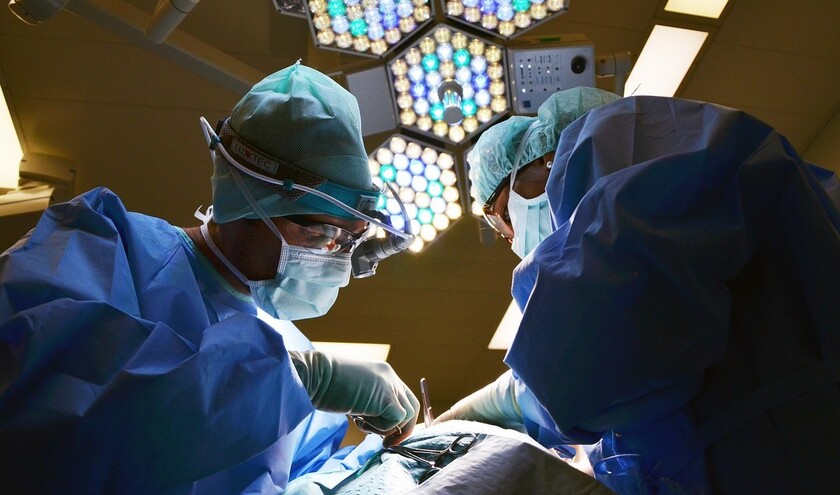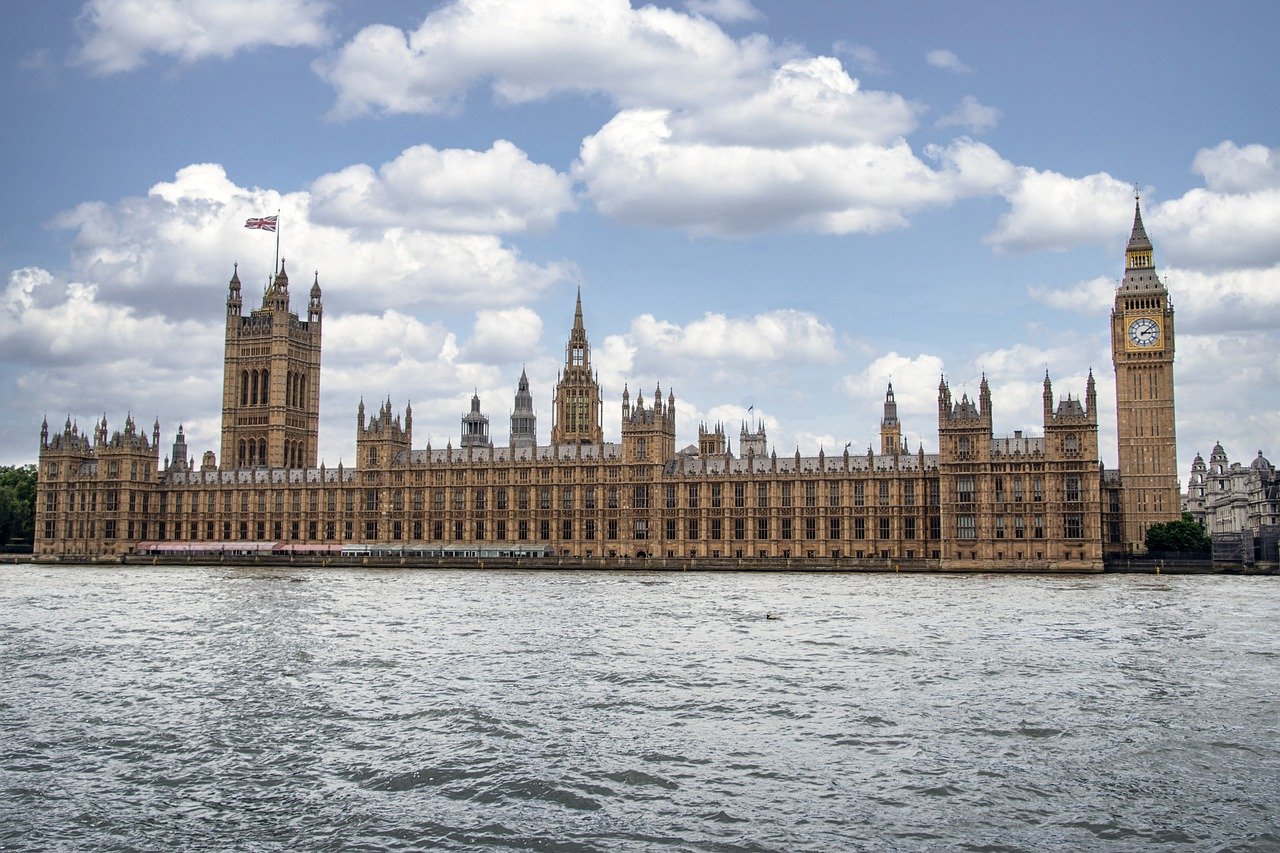The Royal College of Anaesthetists (RCoA) report reveals that 89% of clinical leaders who manage anaesthetic departments across the UK report that elective surgery is being delayed because of a shortage of anaesthetists, with 43% saying this happens on a daily or weekly basis.
In addition, 68% of clinical leaders say that increasing the number of anaesthetists would do more than any other measure to reduce waiting lists - ahead of factors such as ward space (50%) or operating theatres (42%), and other staff groups such as operating department practitioners (55%) and surgeons (10%).
The report, which presents the interim findings from the RCoA's workforce Census, shows that while there are more anaesthetists now than in 2020, greater demand and long waiting lists mean the shortage has increased from 1,483 in 2020 (13% below what is needed), to 2,147 in 2025 (15% below what is needed).
Findings from the RCoA Census also highlight pressures on staff wellbeing. The average life satisfaction score among anaesthetic staff is 7 out of 10 – below the UK population average of 7.5 and just 6.1 among locally employed doctors, an expanding group of doctors who are employed on local rather than national contracts.
The biggest sources of dissatisfaction were pension taxation (59%) and IT systems (61%), both of which continue to impact morale and retention.
In addition, the report says that despite thousands of doctors wanting to train as anaesthetists, a lack of funded training posts is preventing expansion of the workforce. In August 2025, 6,770 doctors competed for just 539 core anaesthetic training posts across England and Wales. Hospitals across the UK report capacity for an additional 178 core anaesthetic training posts and 206 higher training posts per year, if government funding were made available.
Dr Claire Shannon, president of the Royal College of Anaesthetists, said: ‘These findings show clearly that patients are paying the price for the shortage of anaesthetists. If the government is serious about cutting waiting lists, it must fund more anaesthetic training places. The will and the capacity to train are there, what's missing is investment and the forthcoming 10 Year Workforce Plan must address that.'
The RCoA is again calling on the government to deliver on its commitment to cut patient waiting times by addressing the shortage of anaesthetists in its forthcoming 10-Year Workforce Plan.
In response, Mr Tim Mitchell, president of the Royal College of Surgeons of England, said: ‘The Royal College of Surgeons of England supports the Royal College of Anaesthetists in highlighting the impact of workforce shortages on patients awaiting surgery. Alongside the challenge of staffing, many hospitals face even more significant limitations in theatre and estate capacity and access to essential equipment, which further restricts their ability to deliver timely care.
‘To meaningfully reduce waiting times, investment in both the workforce and infrastructure must go hand in hand. As we approach another demanding winter, we urge the government to address these challenges through the upcoming NHS workforce plan and ensuring trusts have the funding and flexibility to properly invest in expanding their capacity to treat patients.'



